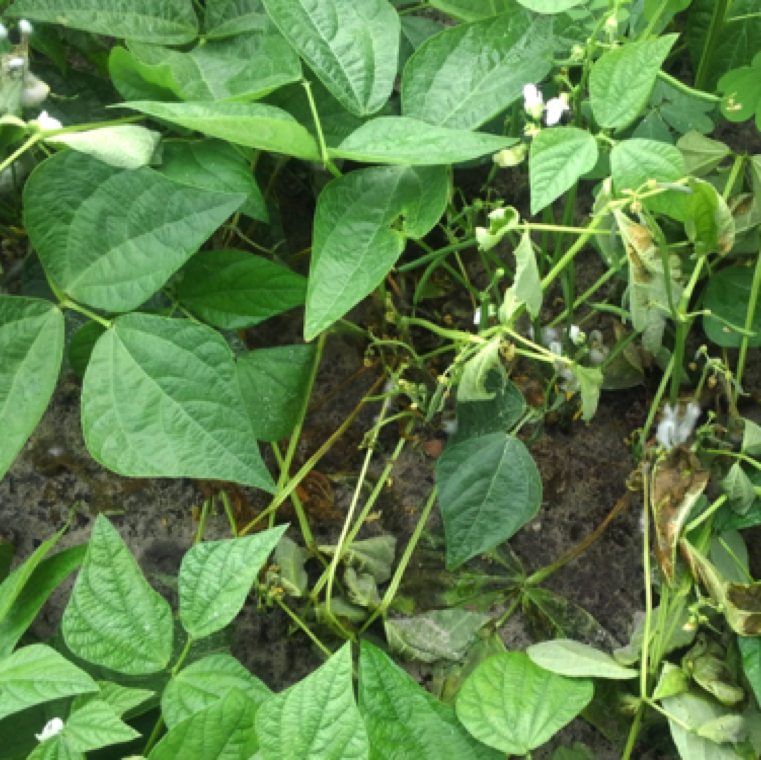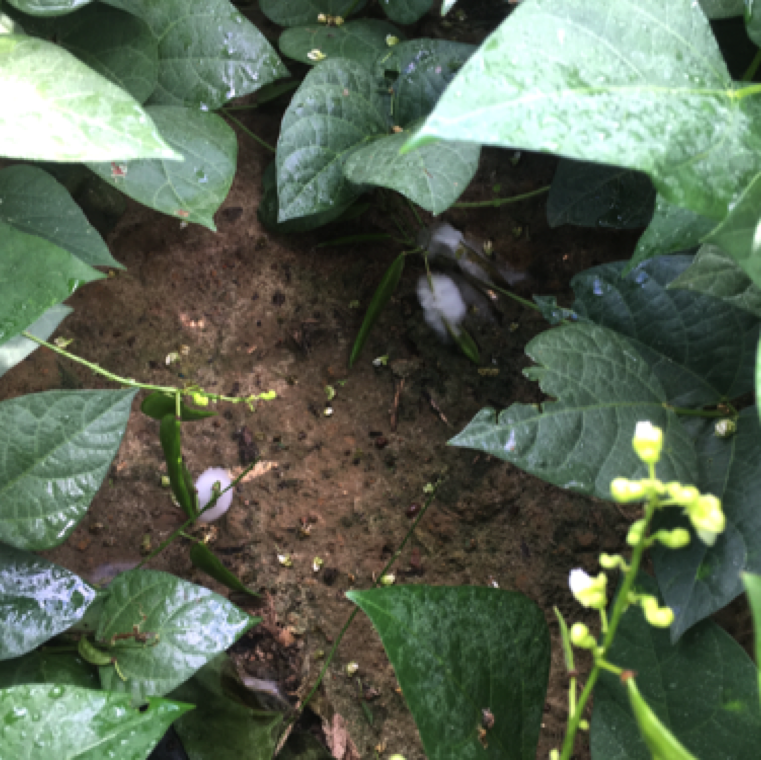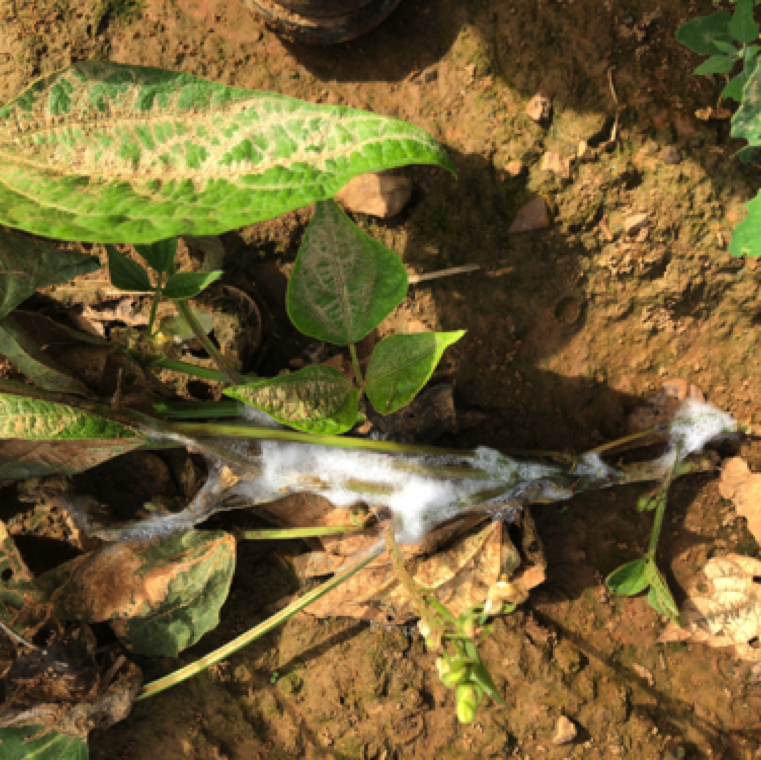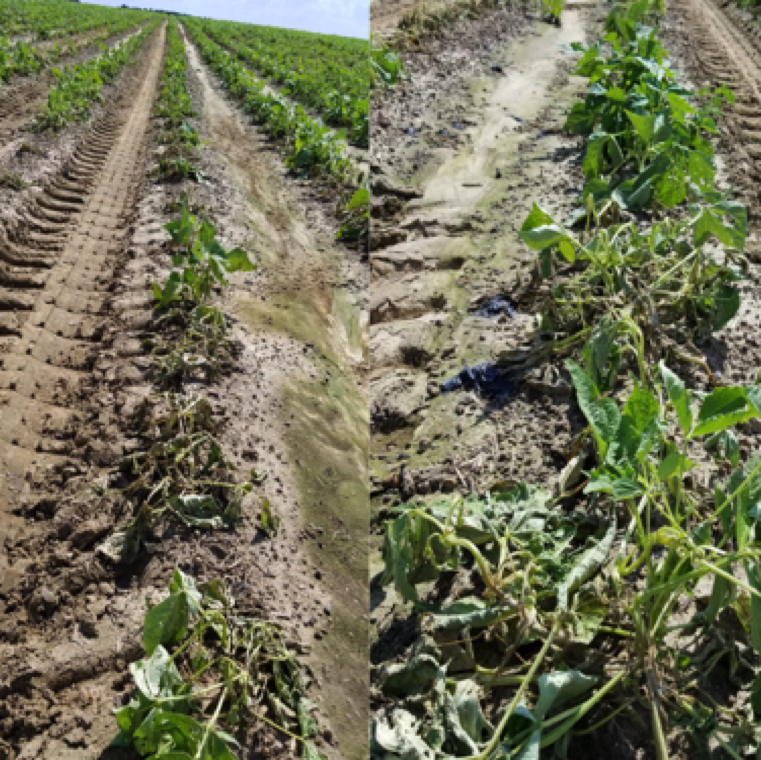


Pythium leak of beans can cause major damage in production and post-harvest damage. The disease affects the stem, leaves and pods directly.

The disease initiates under warm humid conditions when pods are in contact with soil with the pathogen. The disease can move rapidly in the field.

Water-soaked rotting of pods is an early symptom of the disease. Cottony leak of the pods is a characteristic symptom of the disease and is named due to the sign of cottony growth on plant parts.

The disease severely affected stem and can be confused with white mold caused by Sclerotinia sclerotiorum. However Phythium leak do not form sclerotia which is present in case of white mold.

The disease can be extremely destructive on beans during periods of continuous rainfall, or excessive irrigation. Hot spots can be spotted in the field where soil moisture is high.
PYTHIUM LEAK
Fungal causal agent: Pythium spp.
Bean diseases

